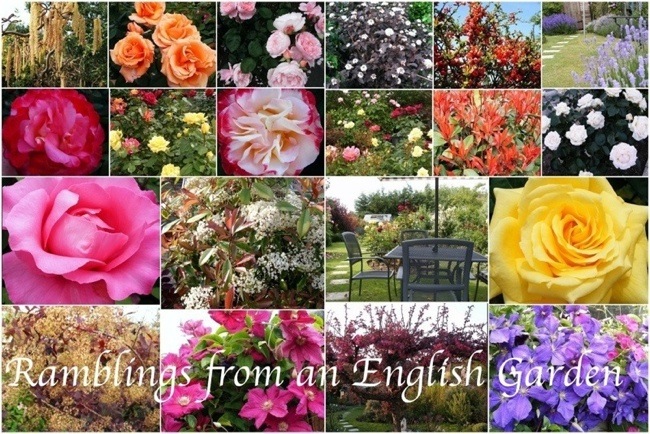This is a private garden belonging to Ian and Barbara Poll*ard who bought the manor and garden just 12 years ago and turned it from a wilderness to the amazing and beautiful place it is today in 10 years. Alan Titchmarsh, one of our well known TV gardening personalities says, "The Wow! factor is here in abundance".
For myself, I have visited some of the most beautiful gardens in the country, but it was the diversity of this garden, developed within just 5 acres with so many different areas and styles, and developed in such a short time.. The top gardens are all in a formal layout with the river gardens adorning the slopes down to the river and its surrounding areas.
A little history
The site once belonged to the Benedictine Monastery founded in the 7th century.
The monastery, in its prime, was the third most important religious centre in England, after Canterbury and Winchester.
William of Malmesbury, considered by some to be one of 'the Fathers of English history, alongside the Venerable Bede, was instrumental in building up a library for Malmesbury Abbey, which became famous across Europe.
Willian of Coherne (1260-1296) enlarged the built complex. He constructed a new Abbot's lodging for himself (later used as the foundation for the 16th century house), a lady chapel and an herbarium on this site alone.
A timber spine (taller than Salisbury Cathedral's tower now) once rose above the tower of The Great Cresssing (1st photo). It collapsed around the end of the 15th century.
The Yew hedging planted on the upper level of the garden deliniates part of the lady chapel plan.
It's now time to come with me and just enjoy the garden. I'll take you to The Abbey and town in the next post.





























































